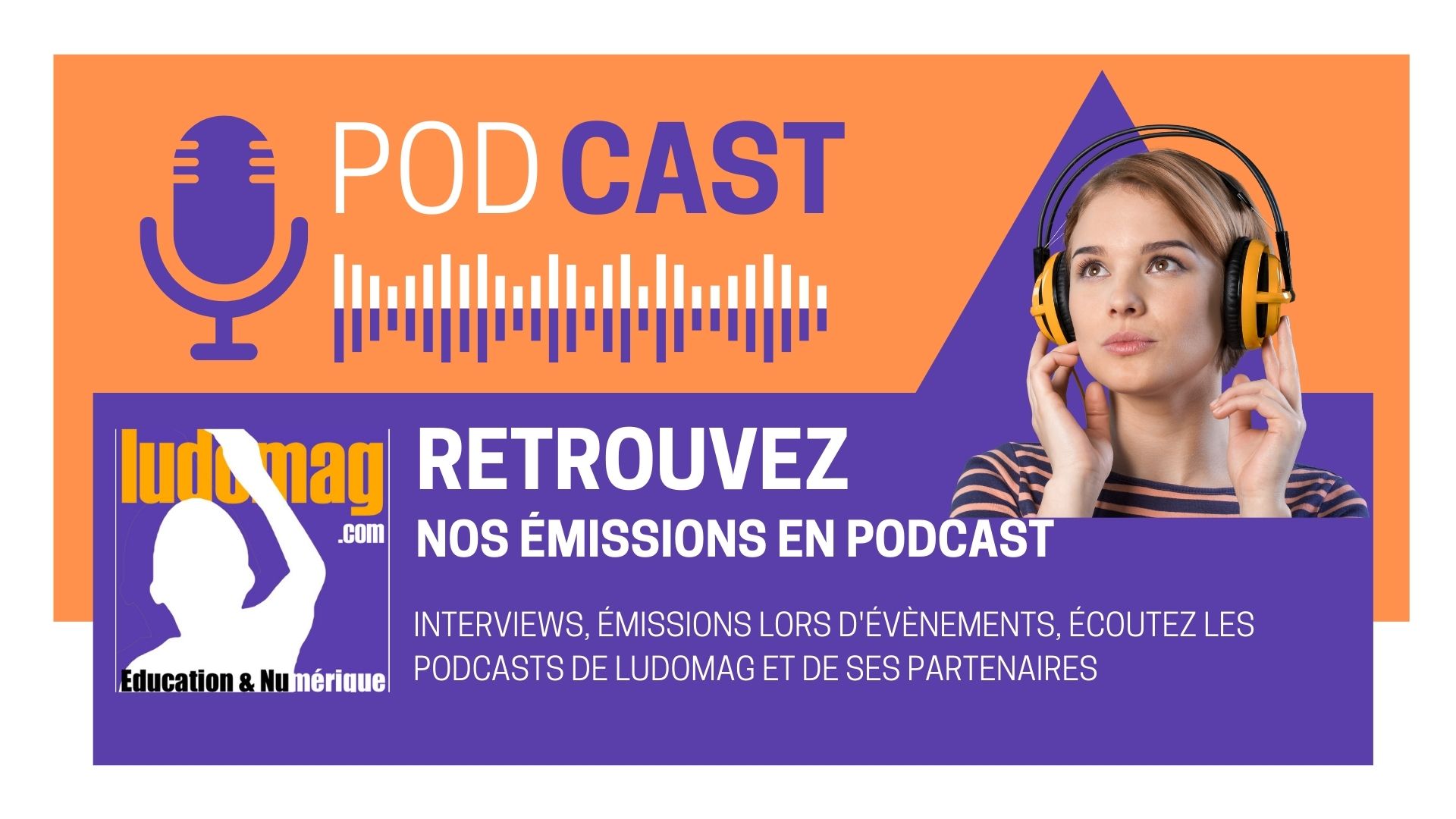Are middle and high school students avid readers? Without making any sweeping generalisations, the answer tends to be no. So how can we combine their affinity for screens with a love of reading? With the Sondo app, Muriel Blondel, a French teacher at the Simone Veil high school in Noisiel, seems to have found something of an answer…
For this user experience report, we visited Simone Veil High School in Noisiel to see how the Sondo resource, provided by the Île-de-France Region as part of a proactive policy on the use of digital technologies, has found its place in the French classroom.
The lesson observed revolves around literary styles.
« Today, the aim of the lesson is to identify the style of the text, i.e. the reader’s emotions: will they laugh, cry, be frightened, etc. during the reading. » explains Muriel Blondel.
The Sondo app saves me a huge number of photocopies, because today I have 12 texts to study and there are 26 students!
Muriel Blondel, French teacher
Only advantages with Sondo for the same goal: to make reading fun!
Another advantage is that with the Sondo app, students don’t just have access to a truncated excerpt, as they would with a photocopy, but can explore the whole context of the work.
« For example, they can look at the back cover, which can give them clues to enhance their reflection on the literary style. » she adds.
This French teacher discovered Sondo through the school’s documentation teacher during a presentation on the digital resources available on students’ laptops.
In fact, Christelle Cocq’s mission is to introduce various digital resources to the second year students when they arrive at the high school, each of whom is equipped with a laptop.
« I believe that if we want to capture students’ attention, it will be through digital means. » explains Christelle Cocq.
« When I discovered the Sondo app, I thought it could attract non-readers to reading and perhaps, as a second step, lead them to physical books. »
Using your smartphone « smartly » with Sondo
« The advantage of this resource is that they can read on their computers and it works on their phones too!«
Muriel Blondel uses various strategies to engage her students in reading, suggesting that they use their « idle » time to read on their smartphones, for example while waiting for the bus, during a doctor’s appointment in a waiting room, etc.
The audio version of Sondo is also a great asset. In the class we visited, many students either do not read or read very little, so being able to « listen » to the text can also inspire them to go deeper.
Some students are starting to build a collection of books in their digital library; as soon as they read a text, it automatically goes into their personal library.
« Practically, Sondo also saves them from buying physical books, which is an important argument when talking to parents. »
With Sondo, they start a book, if they don’t like it, they move on to the next one, … And even if they don’t finish reading, by the end of the year they will have discovered so many books, which for me is essential.
Muriel Blondel concludes with a little anecdote about a pupil who confided in her that she had started a book at 2 pm and finished it at 8 pm, proud to have completed her reading. She even added: « Mrs Blondel, I even cried at the end« .
A small victory for our French teacher!







